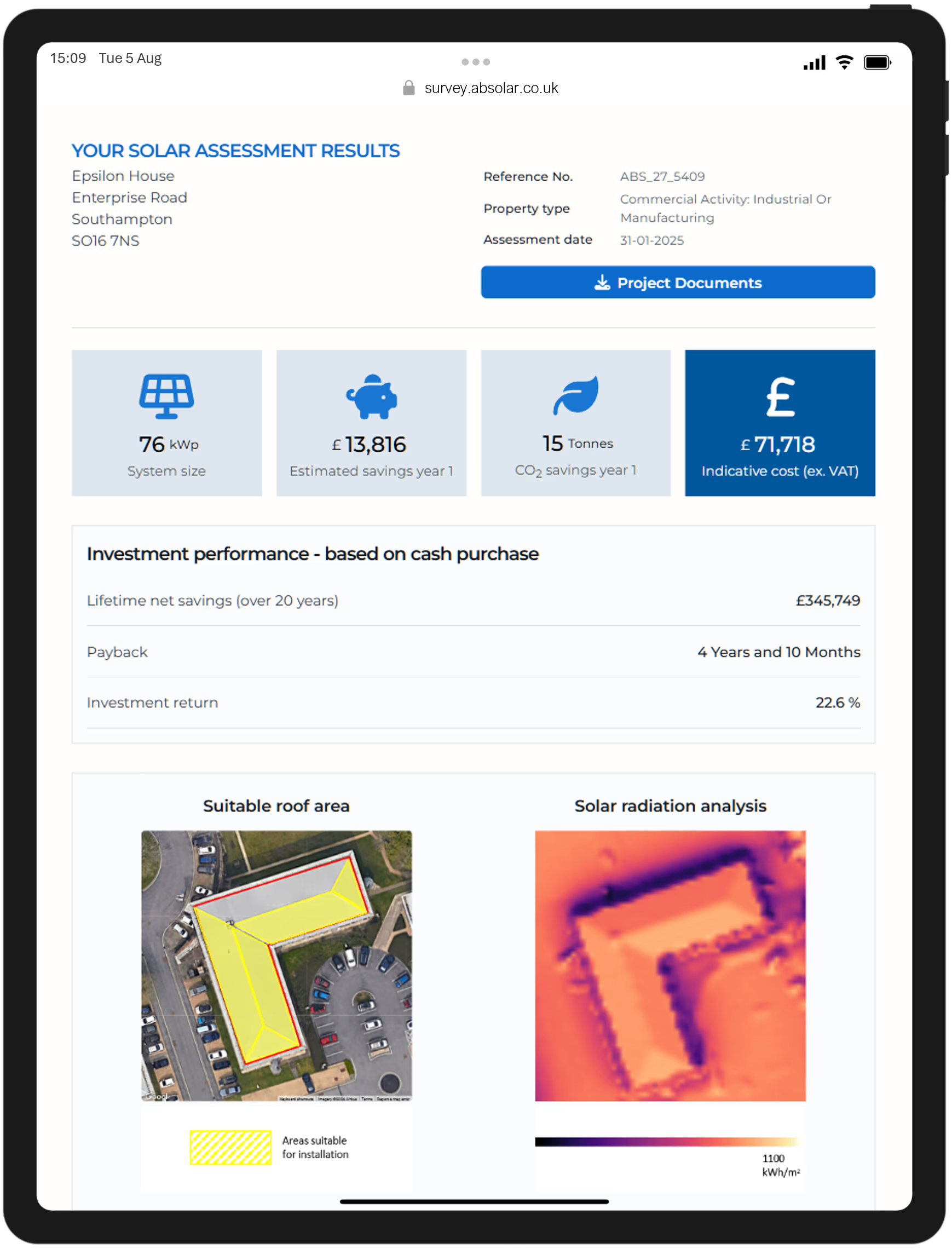
As the central controller of a PV system, the inverter plays a critical role in the system's operation and energy output. When issues occur– such as system shutdowns, standby mode, alarms, faults, underperformance, or interrupted data transmission – solar engineers often instinctively turn to the inverter first to identify the cause. Despite the rapid development of solar PV technologies, several misconceptions about inverters still persist.
Datasheets for solar inverters often list "AC voltage" under the “AC Output” section, which can be misleading. This term might appear to indicate the voltage being produced by the inverter, but this is a misunderstanding.

An inverter operates as a current source and must be grid-connected to function properly. It monitors the voltage (V) and frequency(F) of the grid, and synchronises with these parameters to determine if and how it can export power. The inverter delivers its rated power (P = UI) by adjusting the current (I) based on the real-time grid voltage (U).
For example, a 100 kW system connected to a 400 V grid outputs: 100,000 ÷ 400 ÷ 1.732 ≈ 145 A
If the grid voltage increases to 430 V, the required output current drops to 134 A. Conversely, lower voltage would require higher current.
Key point
Some manufacturers still use the term "AC output voltage" due to convention. A more accurate term gaining popularity is "Grid Voltage."
The answer is yes – it is a legal and safety requirement. In the UK, this falls under the G99 protocol.
If an inverter continues to receive DC input but cannot output AC power, a large amount of electric charge will be accumulated and have nowhere to go. Because the inverter itself is not an energy storage device, it has no capacity to hold a large amount of electric charge, and therefore the power output will be forced to continue.
This is when an islanding situation occurs – e.g. when the power distribution of the grid is interrupted. Without anti-islanding protection, electricity will continue to flow into the grid, endangering any engineers who might be performing services or maintenance on the grid line.
As a result, anti-islanding features are critical and mandatory in the UK for solar PV systems greater than a certain size (3.68 kW), ensuring that a PV system always remains synchronised with the grid.

Today, modern inverters normally have built-in anti-islanding protection functions, achieved by the combination of passive- and active-detection. An inverter will constantly monitor grid parameters such as voltage and frequency. If any of the parameters drop out of the rated range, a shutdown will be triggered.
Not necessarily. Within the inverter's MPPT operating voltage range, there is an optimal rated voltage point. The inverter can only deliver its rated power output when the DC string voltage is at or near this rated value – that is, within the full-load MPPT voltage range.
String voltage that is too high or too low will reduce the inverter’s ability to output rated power:
To optimise performance, string voltages should be carefully matched to the inverter's MPPT voltage range for the specific PV design.
Absolar offers a Remote Solar Assessment service designed to help identify and prioritise sites for solar deployment. Using aerial data, irradiance modelling, and 3D building analysis, we deliver a detailed assessment with no site visit required.
Our standard output includes:
This service is free for qualifying organisations and portfolios. It’s the fastest, lowest-risk way to assess the viability of solar carports, rooftops, or hybrid approaches.
Whether you're exploring solar options, applying for a grant, or just have a question, we're here to help.
📍 Visit us: Engineering Centre, Southampton Science Park, Southampton, SO16 7NP
📞 Phone: 02382 680 106
✉️ Email: info@absolar.co.uk
🌐 Website: www.absolar.co.uk
👉 Or use our AI-powered solar calculator to request a Remote Solar Survey report for your property.
Follow us for updates: LinkedIn
